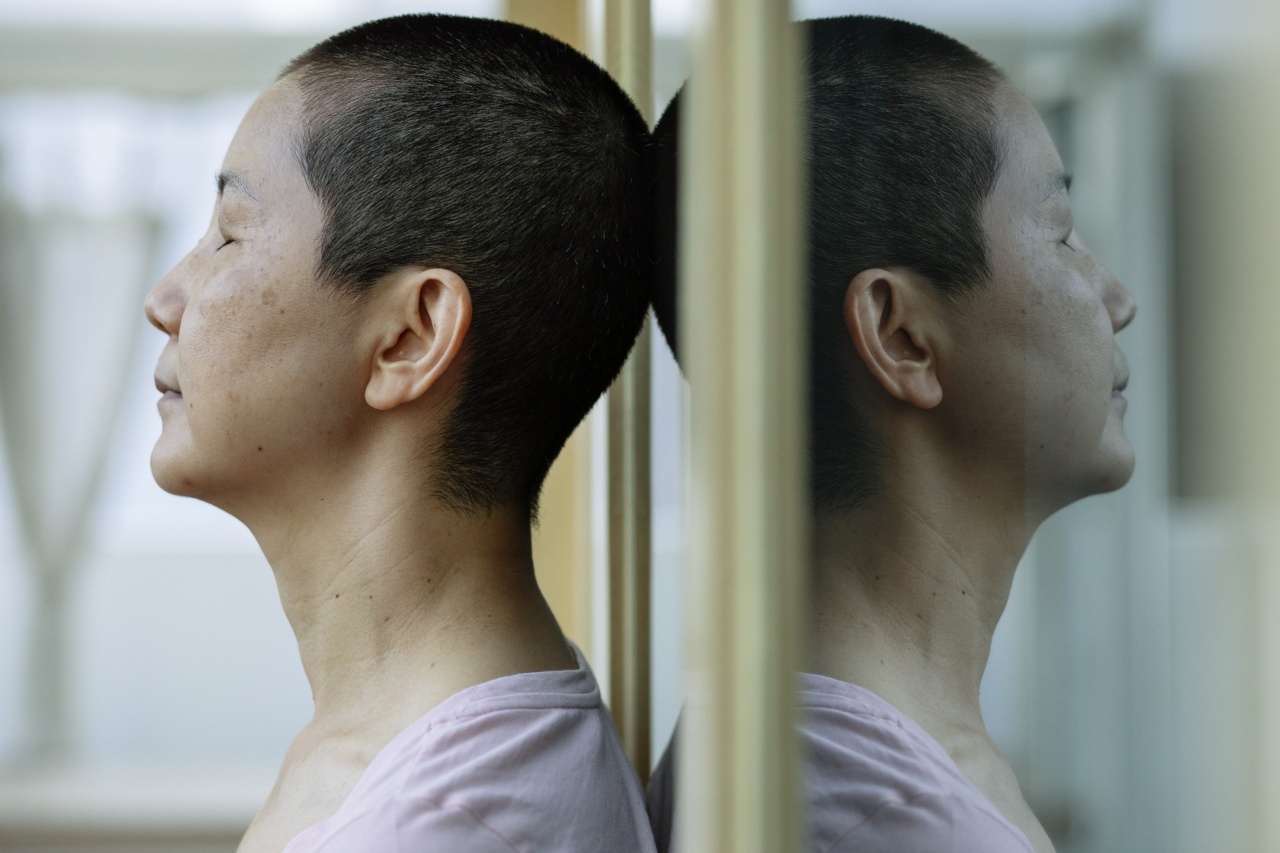Extremity circulation problems occur when the blood flow to your arms or legs is reduced or restricted, causing discomfort, numbness, swelling, and even skin discoloration.
Poor circulation in the extremities can be a symptom of underlying health conditions such as diabetes, hypertension, atherosclerosis, or peripheral artery disease (PAD). Fortunately, there are several effective remedies that can help improve the blood circulation in your arms and legs. Here are ten remedies you can try:.
1. Exercise regularly
Regular exercise is one of the most effective ways to improve blood circulation in your extremities.
Exercise helps to strengthen your muscles, improve heart health, and increase the flexibility of your blood vessels, making it easier for blood to flow to your arms and legs. Walking, cycling, swimming, and strength training are all great options for improving circulation. Aim for at least 30 minutes of moderate exercise five times a week.
2. Maintain a healthy weight
Being overweight or obese can put additional pressure on your blood vessels, making it harder for blood to circulate to your extremities.
Maintaining a healthy weight through a balanced diet and regular exercise can help reduce this pressure and improve circulation.
3. Drink plenty of water
Dehydration can cause your blood to thicken and make it more difficult for it to circulate through your body. Drinking plenty of water helps to keep your blood thin and flowing smoothly. Aim for at least eight glasses of water a day.
4. Quit smoking
Smoking narrows and hardens your blood vessels, making it harder for blood to circulate through them. Quitting smoking can significantly improve your circulation and reduce the risk of developing health problems related to poor circulation.
5. Wear compression stockings
Compression stockings can help improve circulation in your legs by applying pressure to the veins and muscles in your legs, helping to push blood back up towards your heart.
Compression stockings are particularly helpful if you spend a lot of time sitting or standing, as this can put extra pressure on your legs and make it harder for blood to circulate properly.
6. Elevate your legs
If you experience swelling in your legs or feet, elevating them above heart level can help improve circulation and reduce swelling. Try lying down and propping your legs up on a pillow, or sitting in a recliner with your feet up.
7. Manage stress
Stress can cause your blood vessels to constrict, making it harder for blood to flow through them. Managing your stress levels through techniques such as meditation, yoga, deep breathing, or regular exercise can help improve circulation.
8. Avoid alcohol and caffeine
Both alcohol and caffeine can have a negative impact on blood circulation in your extremities.
Alcohol can cause your blood vessels to dilate and make it more difficult for your blood to circulate, while caffeine can cause your blood vessels to constrict. Limiting your intake of these substances can help improve circulation.
9. Massage your limbs
Massage can help stimulate blood circulation in your extremities by increasing blood flow and helping to reduce tension in your muscles.
Make sure to use gentle, circular motions, starting at your feet or hands and working your way up towards your torso.
10. Consider natural remedies
There are many natural remedies that can help improve blood circulation in your extremities. Some of the most effective include ginger, garlic, cayenne pepper, ginkgo biloba, and horse chestnut.
Always talk to your doctor before trying any natural remedies, as some may interfere with medications or have other harmful effects.































